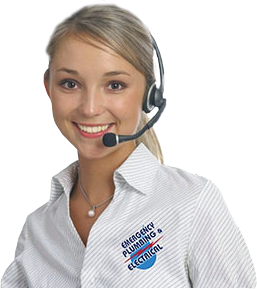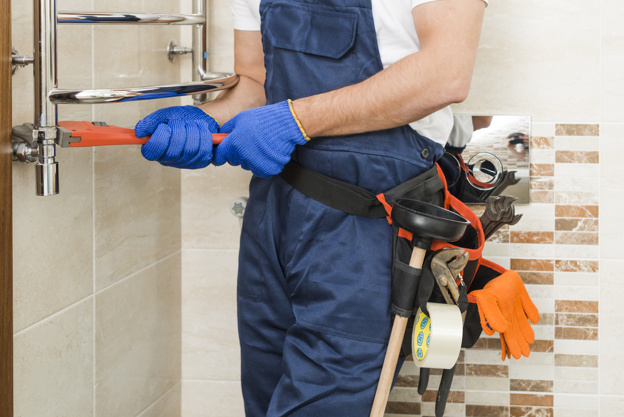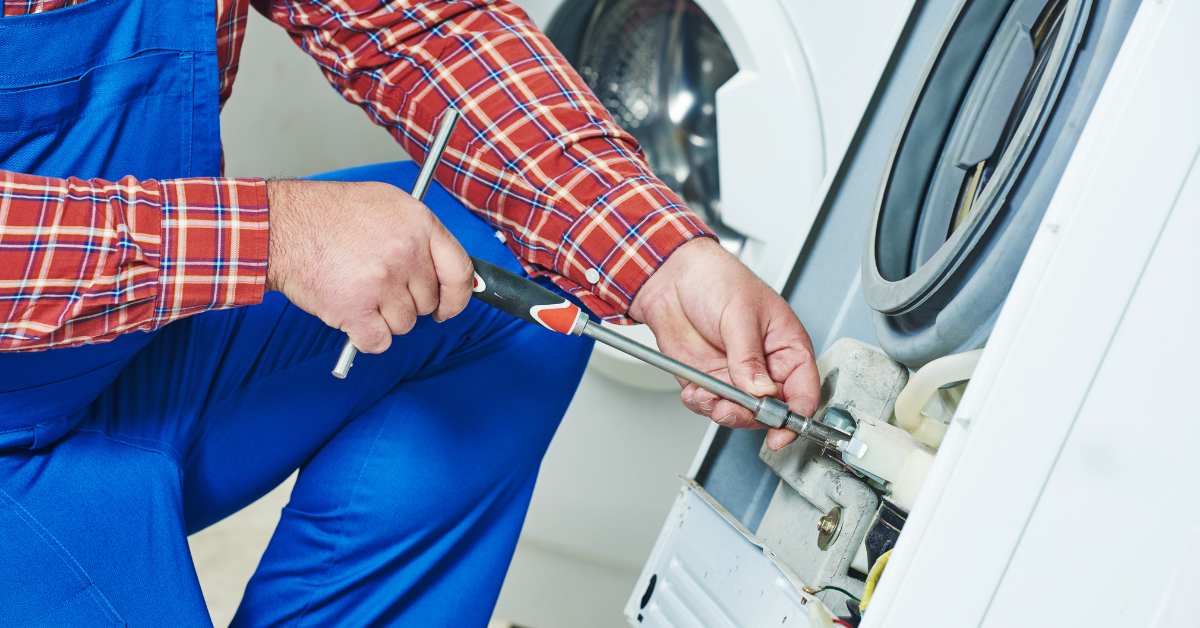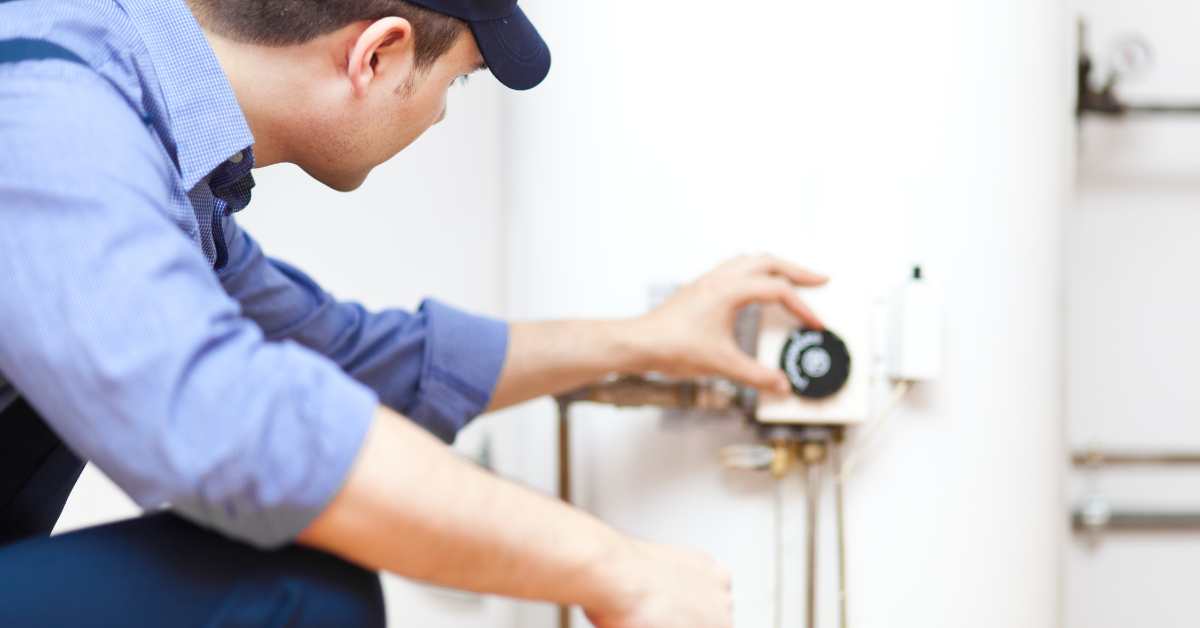Rheem Tankless Water Heater and Gas Continuous Flow Heater
Rheem has been supplying hot water systems for customers throughout Australia. Either you wish to have a hot water system for domestic, commercial or need for a wide-scale venture, there are always Rheem hot water heaters available for you. Inline Plumbing & Electrical can supply and install Rheem hot water or any unit you wish for.
Rheem Gas Continuous Flow Water Heater
Rheem comes up with a gas continuous flow water heater with energy efficiency equal to 7 stars. Accompanied by its top efficiency design, the Rheem 24 7-Star Equivalent establishes advanced standards in continuous flow.
With 24-litre per minute volume, it is best for extensive use from small units to family households and for commercial applications as well.
The never-ending gas hot water in the medium tightly-packed capacity model is ideal for use at home, medium-sized apartments and townhouses with fixed wall space.
Considered as the highest quality unit for Rheem, the continuous flow gas water heater can provide a bit more when you need it most. Hot water that flows uninterrupted. Perfect for big bathroom households with a tight area yet requires big requirements for hot water.
Rheem accomplishments and dependability in a small and compact fully featured unit that is suitable for apartments, mobile homes, site buildings and the like.
Rheem Tankless Water Heater – RTG 95 Series
The Rheem tankless water heater RTG 95 series leads the double commitment to your home that offers up to 9.5 gallons per minute of non-stop hot water while significantly lowering energy consumption compared with standard tank water heaters. The units create just about right of continuous hot water supply on 2-2 outlets at the same time even if the requirement is high such as running warm water in a bathtub while doing laundry. It is the kind of performance that makes Rheem one of the highest-rated producers of tankless water heaters presently available.
The Rheem RTG 95 tankless water heaters provide lots of options to choose from. There are products for indoor that feature direct vent and for outdoor models that work just as well of liquid propane as they do off natural gas, with fuel capabilities of better than 90%. This qualifies them for Energy Star rating and made them rightfully to receive the federal government’s residential energy tax credit which is part of the current stimulus package. This will improve the savings on units that are priced already affordable.
The RTG 95 series is just about perfect for bigger homes, duplexes or when one system serves the needs of several small apartments. The unit can easily be operated through the external, wired thermostat or with the remote control which is part of every package. Residential customers, apartment owners and plumbing contractors made Rheem products one of the best selling brands very handy. When the need is high, the customers often select one of the high capacity Rheem RTG 95 tankless water heaters.






